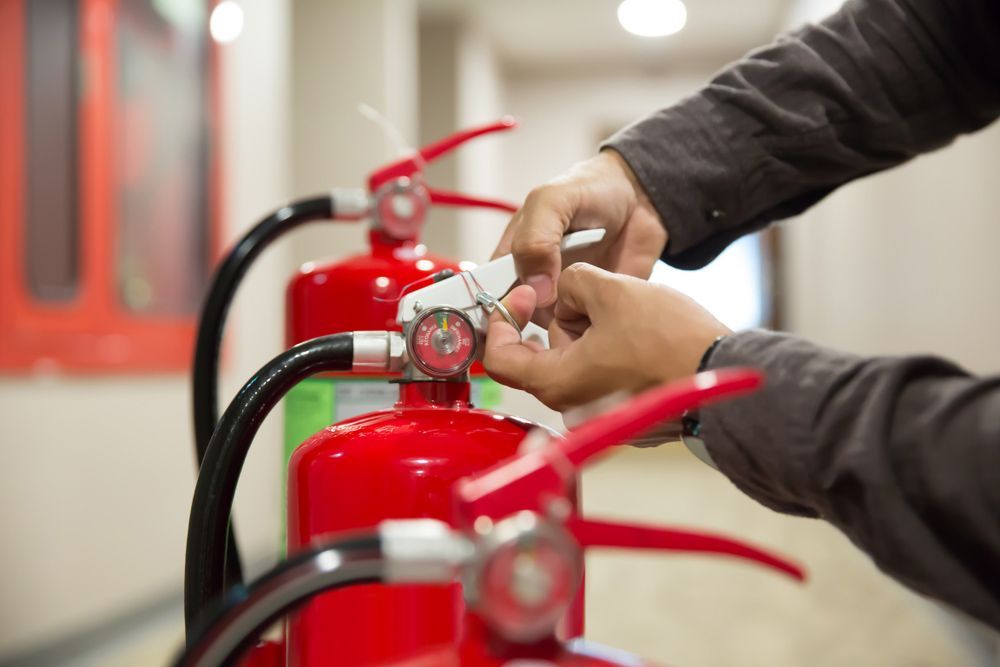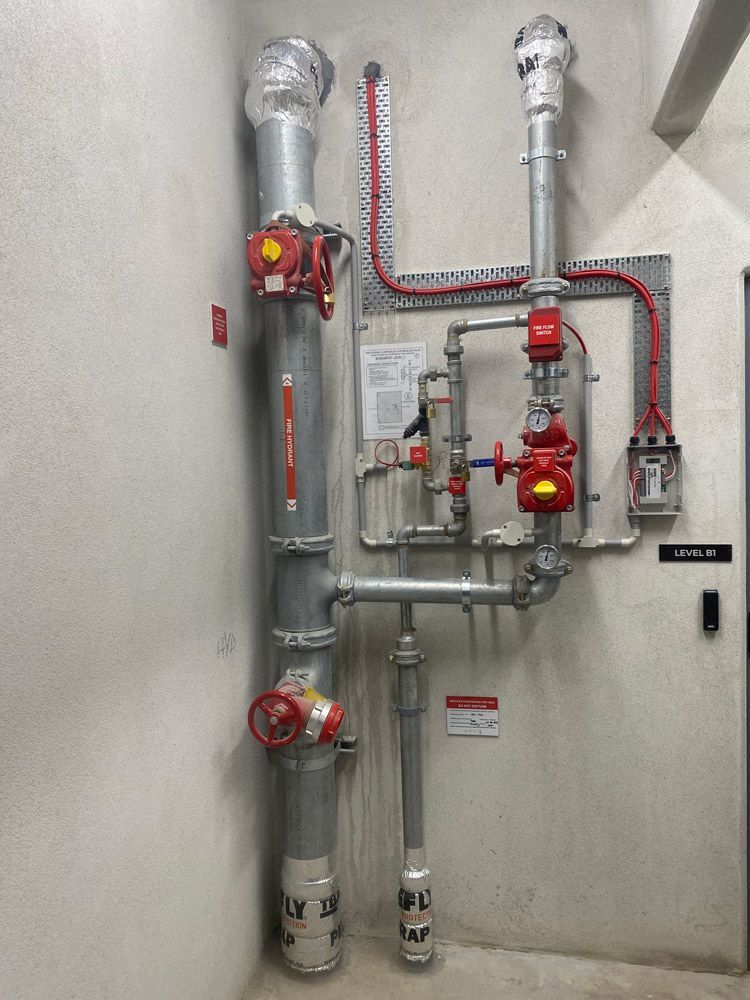What Role Do Fire-Resistant Materials Play In Passive Fire Protection?
Author: Pasiv Fire | Date: August 22, 2024
On this page:
When we talk about building safety, fire protection measures are non-negotiable. In the domain of passive fire protection, the materials used need to meet stringent safety standards and provide reliable performance in the event of a fire. Fire-resistant materials are central to this approach, playing a pivotal role in ensuring that structures can withstand fire conditions longer, allowing for safer evacuation and more effective firefighting. In this blog post, we’ll delve into the characteristics of these materials and their critical role in passive fire protection.
Enhancing Structural Integrity with Fire-Resistant Materials
Fire-resistant materials are designed to withstand high temperatures and slow the spread of flames. They serve as a crucial line of defence, buying time for occupants to evacuate and for firefighters to control the blaze.
- Structural Support: Fire-resistant materials, such as fire-rated steel and concrete, maintain their structural integrity even when exposed to extreme heat. This means buildings remain stable for extended periods during a fire, reducing the risk of collapse.
- Reinforced Elements: Structural components like beams, columns and walls can be fortified with fire-resistant coatings or cladding. These enhancements help to contain the fire within a limited area, preventing it from spreading to other parts of the building.
When it comes to protecting lives, fire-resistant barriers are indispensable. These materials, including fire-resistant doors, walls and partitions, are specifically designed to compartmentalise a building, creating safe zones that slow the spread of fire and smoke.
- Compartmentalisation: By dividing a building into smaller sections, fire-resistant barriers can contain a fire within a specific area. This containment prevents the fire from spreading rapidly, giving occupants more time to escape.
- Smoke Containment: Fire-resistant barriers also prevent the spread of smoke, which can be just as deadly as the flames themselves. Materials like fire-rated glass can be used to create smoke-proof doors and windows, keeping escape routes clear.
The Critical Role of Fire-Resistant Insulation in Fire Containment
Fire-resistant insulation is another vital component of passive fire protection systems. It serves multiple functions, from protecting building elements to reducing the overall temperature rise during a fire.
- Thermal Barrier: Fire-resistant insulation materials, such as mineral wool and fibreglass, act as thermal barriers. They slow down heat transfer, protecting critical structural elements from reaching their failure point.
- Fire Spread Prevention: Insulation can also prevent fire from spreading through voids and cavities within walls, ceilings and floors. Filling these gaps with fire-resistant materials significantly reduces the risk of fire moving undetected through a building.
Regular Inspections & Upgrades of Fire-Resistant Materials
Like any other building component, fire-resistant materials require regular inspections and maintenance to ensure they continue to perform effectively. Over time, these materials can degrade or become outdated, necessitating upgrades to maintain the highest safety standards.
- Routine Inspections: Regular inspections by a technician can identify wear and tear, damage or outdated materials that could compromise fire protection.
- Upgrades: As building regulations evolve and new technologies emerge, it may be necessary to upgrade existing fire-resistant materials to ensure compliance and maximise protection.
Ready to Enhance Your Fire Safety? Connect with Us Today!
At Pasiv Fire, we are committed to safeguarding your properties with advanced passive fire protection systems. Whether you manage a commercial high-rise, an industrial facility or a residential building, our comprehensive services ensure that your fire safety measures are robust and compliant with regulations. Our experienced technicians are skilled in designing, installing and maintaining passive fire protection systems tailored to a wide range of properties. Don’t wait for an emergency to test your fire safety measures. Get in touch with our team today!















